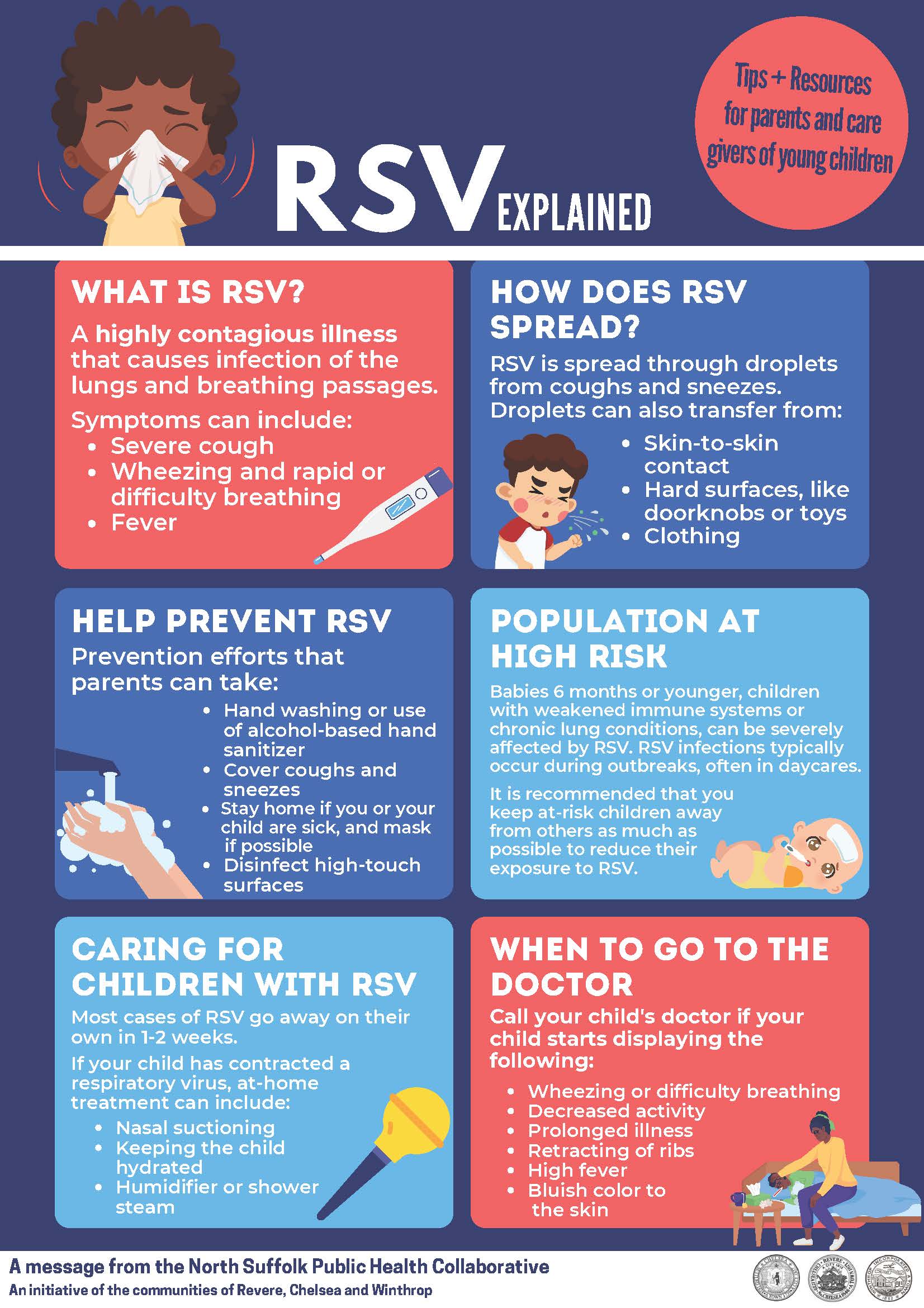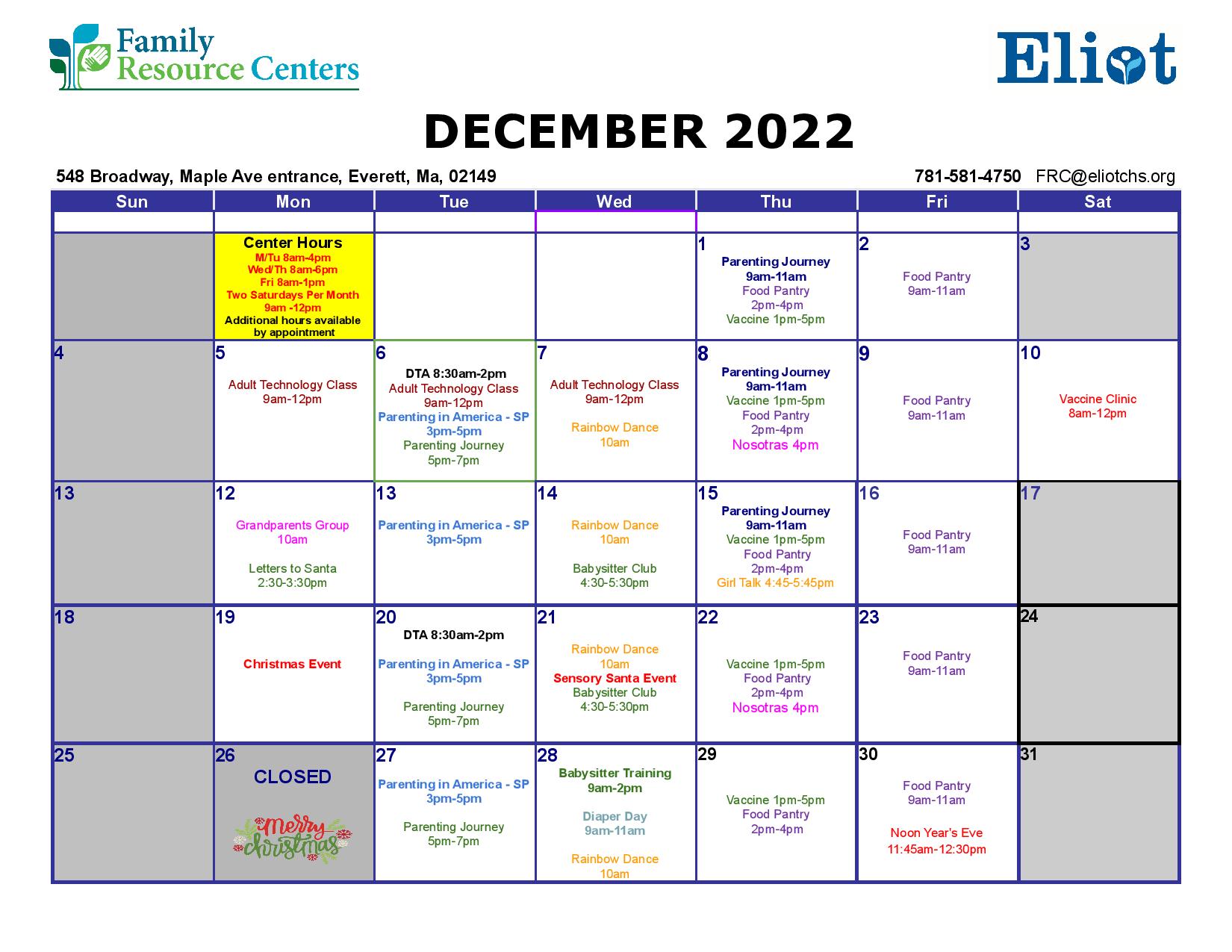Santa Visits on a Fire Truck







|


The North Suffolk Public Health Collaborative has organized information, resources, and preventative strategies about RSV, a prominent respiratory illness that can be serious for infants and adults. View the image below, or visit the City of Chelsea website at the link below to learn about RSV and topics such as How to Prevent RSV, Caring for Children with RSV, and more.
More information: https://www.chelseama.gov/
La North Suffolk Public Health Collaborative ha organizado información, recursos y estrategias preventivas sobre el RSV, una enfermedad respiratoria prominente que puede ser grave para bebés y adultos mayores. Vea la imagen a continuación o visite el sitio web de la ciudad de Chelsea en el siguiente enlace para obtener información sobre el RSV y temas como Cómo prevenir el RSV, Cuidado de niños con RSV y más.
Más información sobre RSV: https://www.chelseama.gov/






